A Receding Tide
Strong Towns member Johnny Sanphillippo blogs at Granola Shotgun. This post is republished from his blog with permission. You can view the original, with additional photos, here.
Lately I’ve noticed people describing our current economic situation as “negative growth.” We used to call the same thing “contraction.” As in…there’s less now than before. But culturally we can’t seem to wrap our minds around anything other than more. So we still have growth! It’s just negative at the moment.
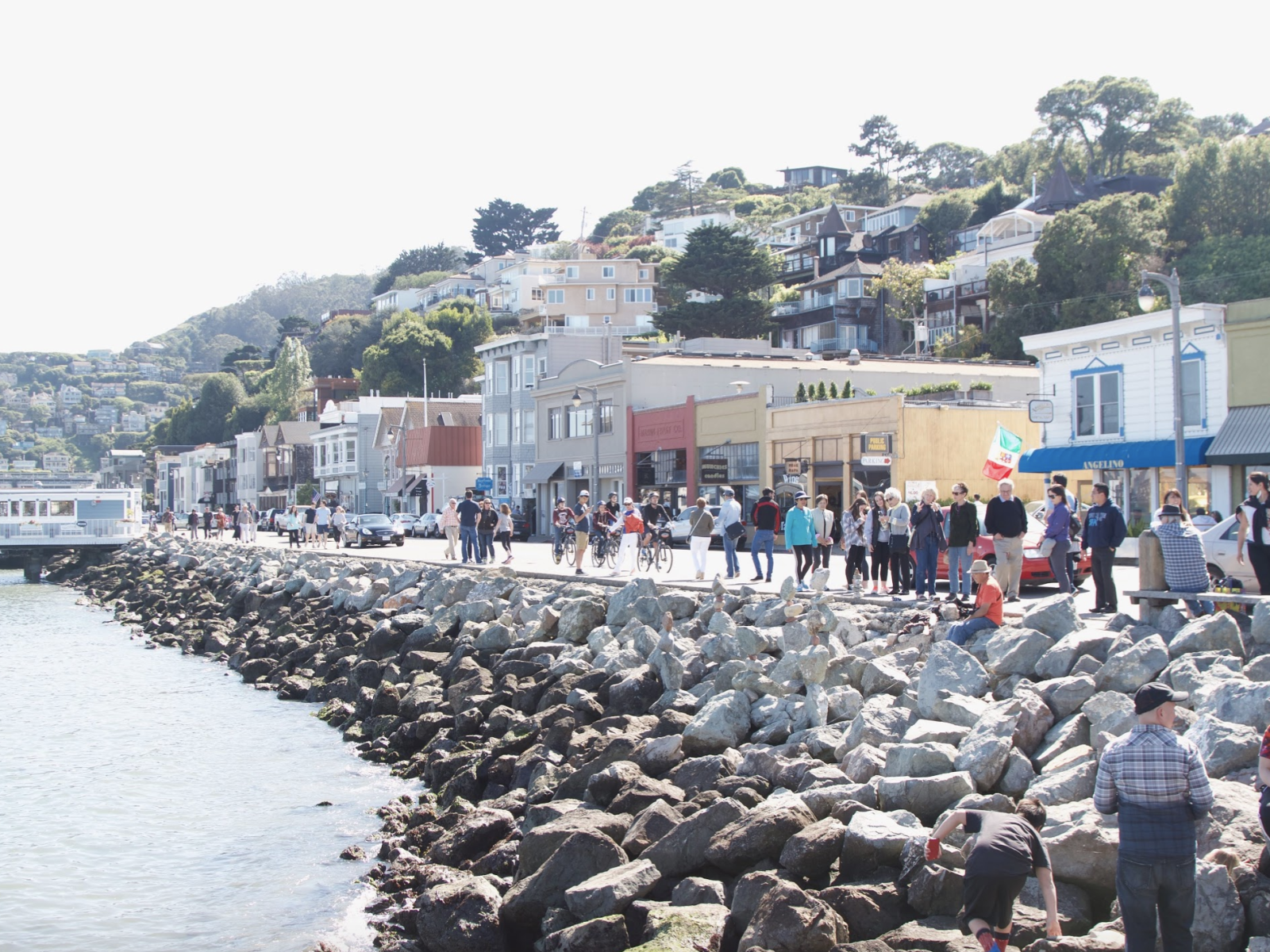
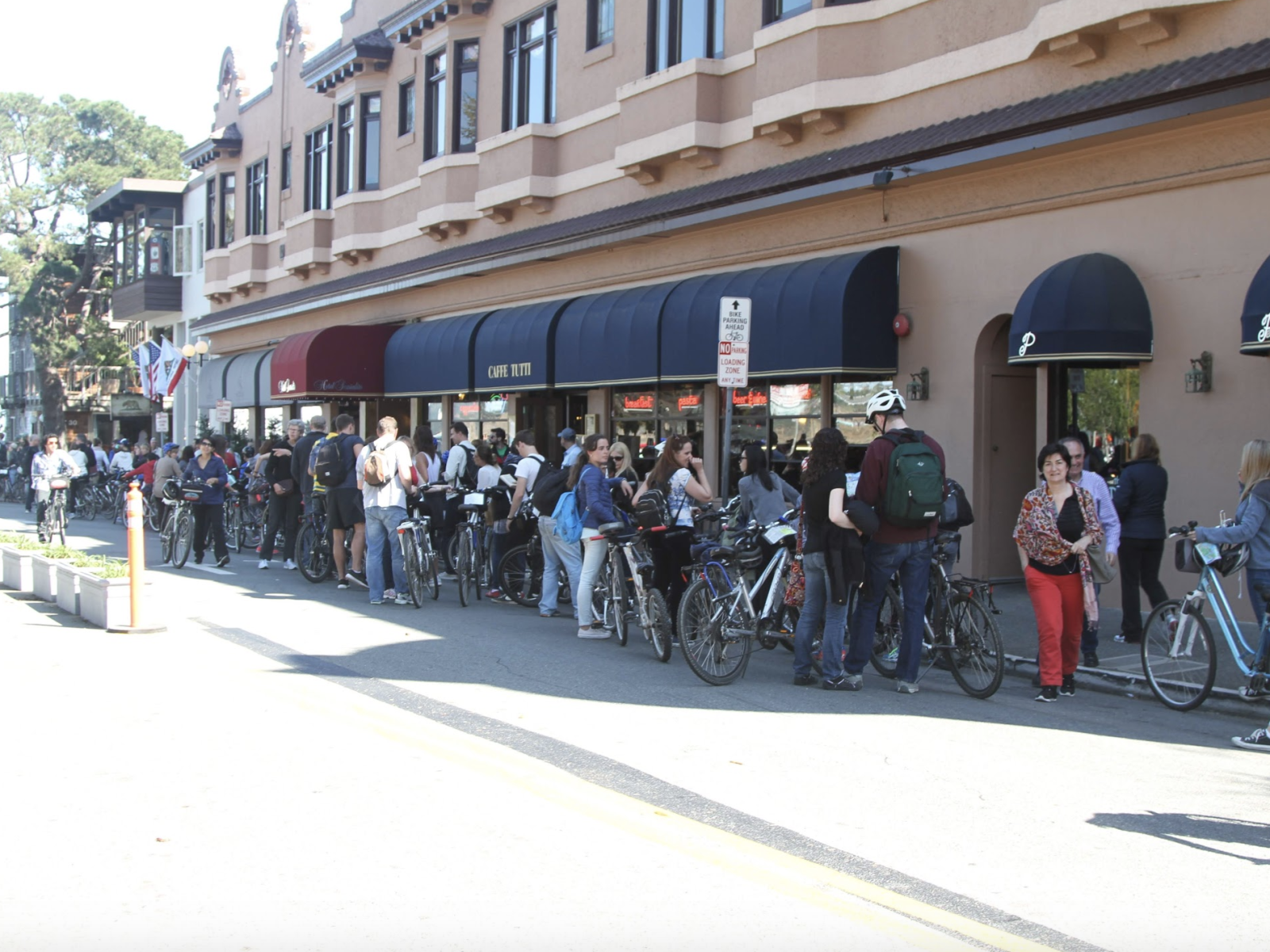

I took these photos before the whole COVID-19 thing kicked in. Sausalito is directly across the bay from San Francisco. Before Roosevelt’s WPA built the Golden Gate Bridge in the 1930s it was a sleepy semi-isolated working class lumber mill town and fishing village. But in the decades after World War II it transformed into a luxury address and global tourist destination.
Sausalito gradually tailored its economy around a continuous throughput of long-haul visitors from across North America, Europe and Asia. There was a heavy emphasis on restaurants, cafes, ice cream parlors, art galleries, antiques, souvenir shops, and short-term rental accommodations. And for a very long time this arrangement generated solid cash flow for merchants and the municipal tax base alike. But it also hollowed out the business district in a weird way. Sausalito became the kind of town where you can spend $5,000 on a beautiful bauble, but struggle to find a shop selling useful everyday items. And property values drifted far above what ordinary people could manage.
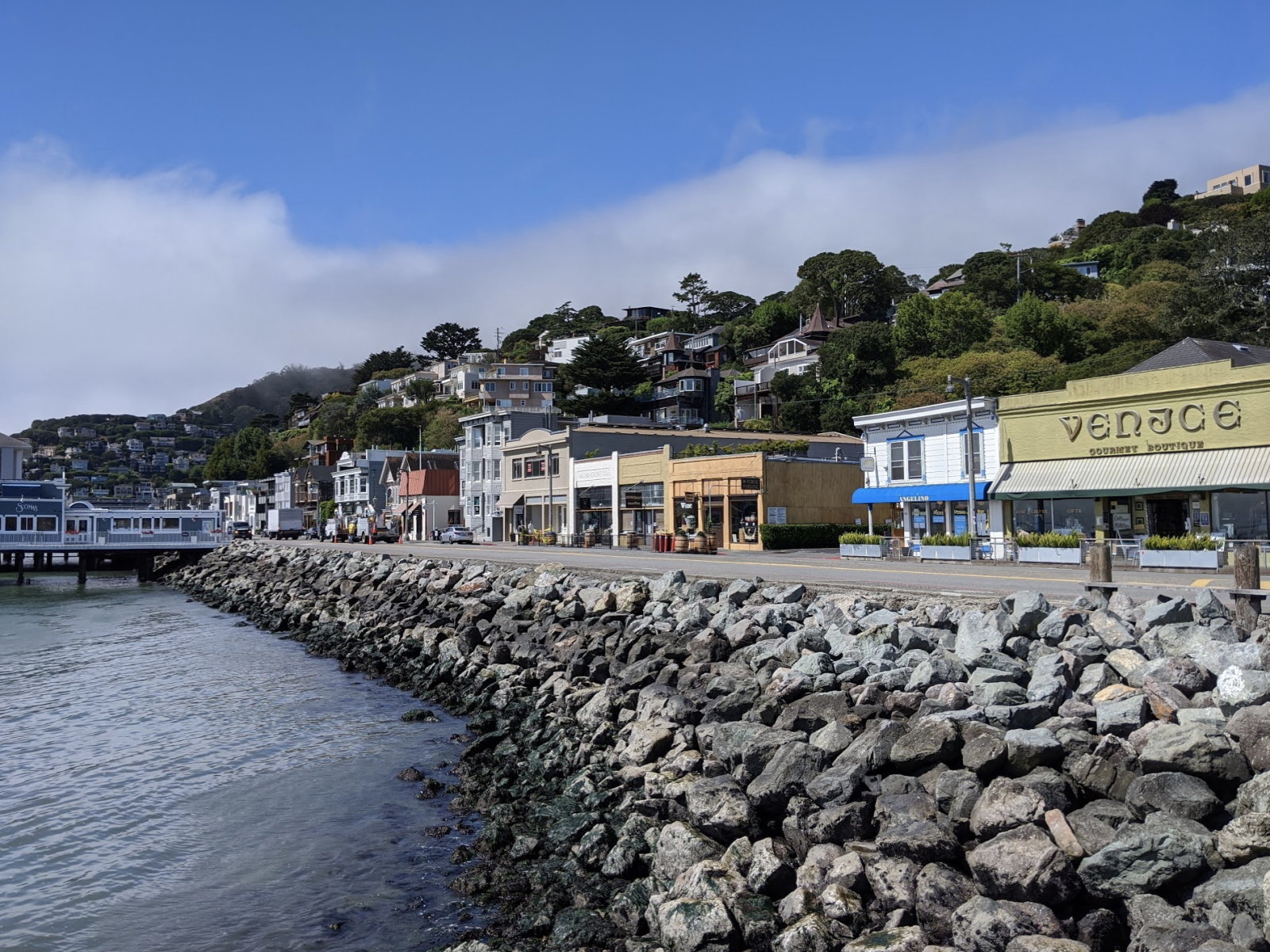
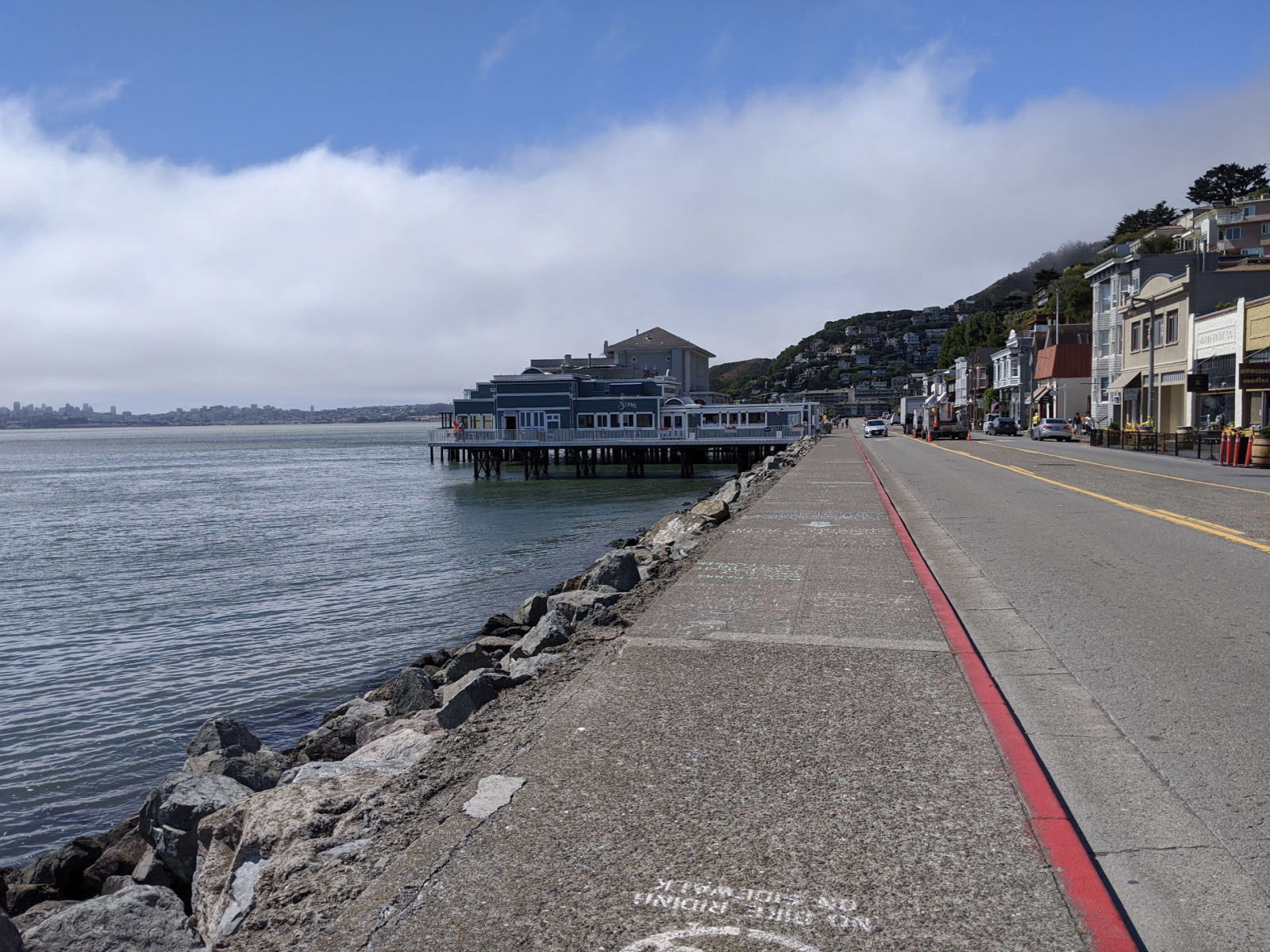
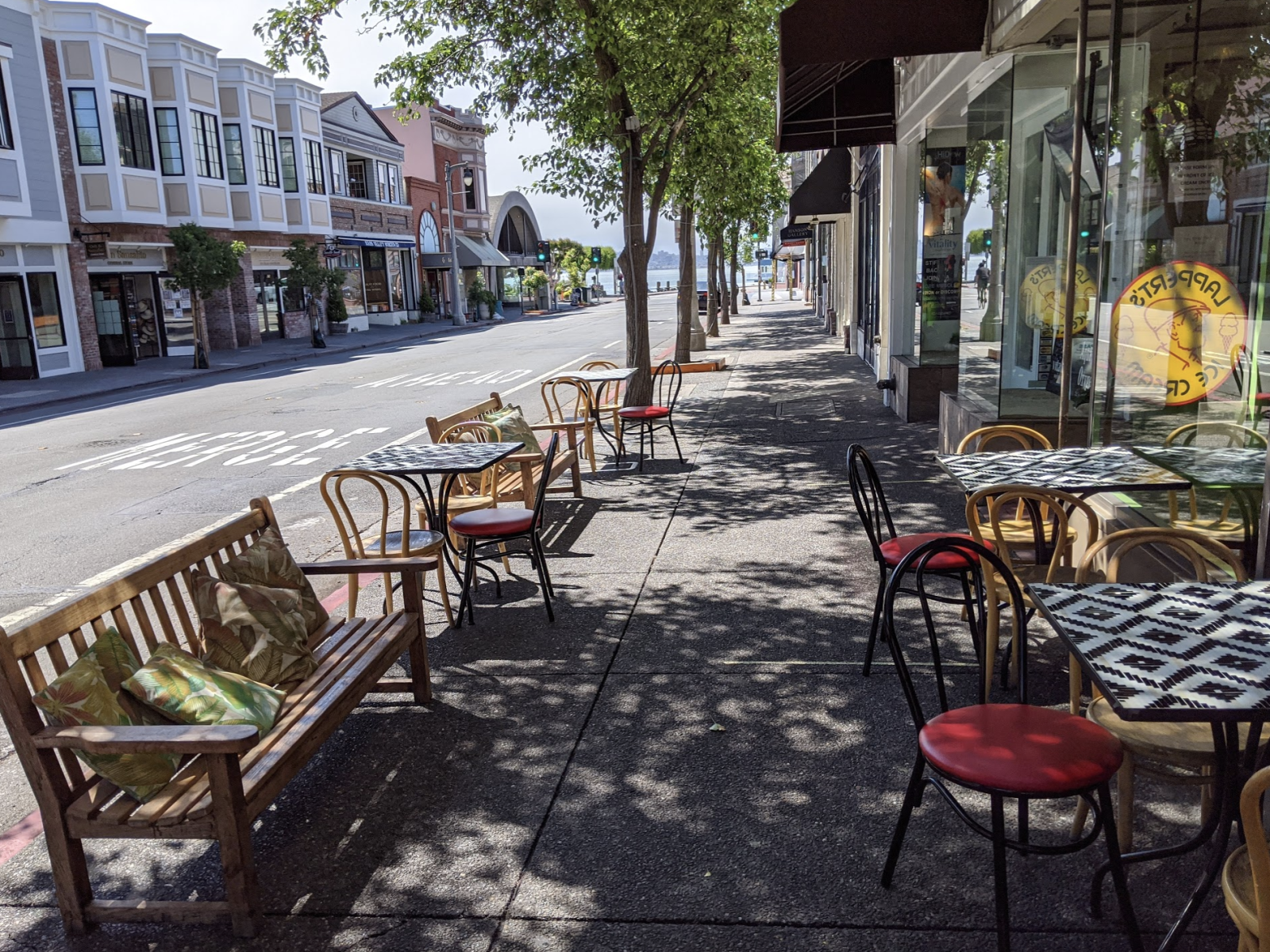
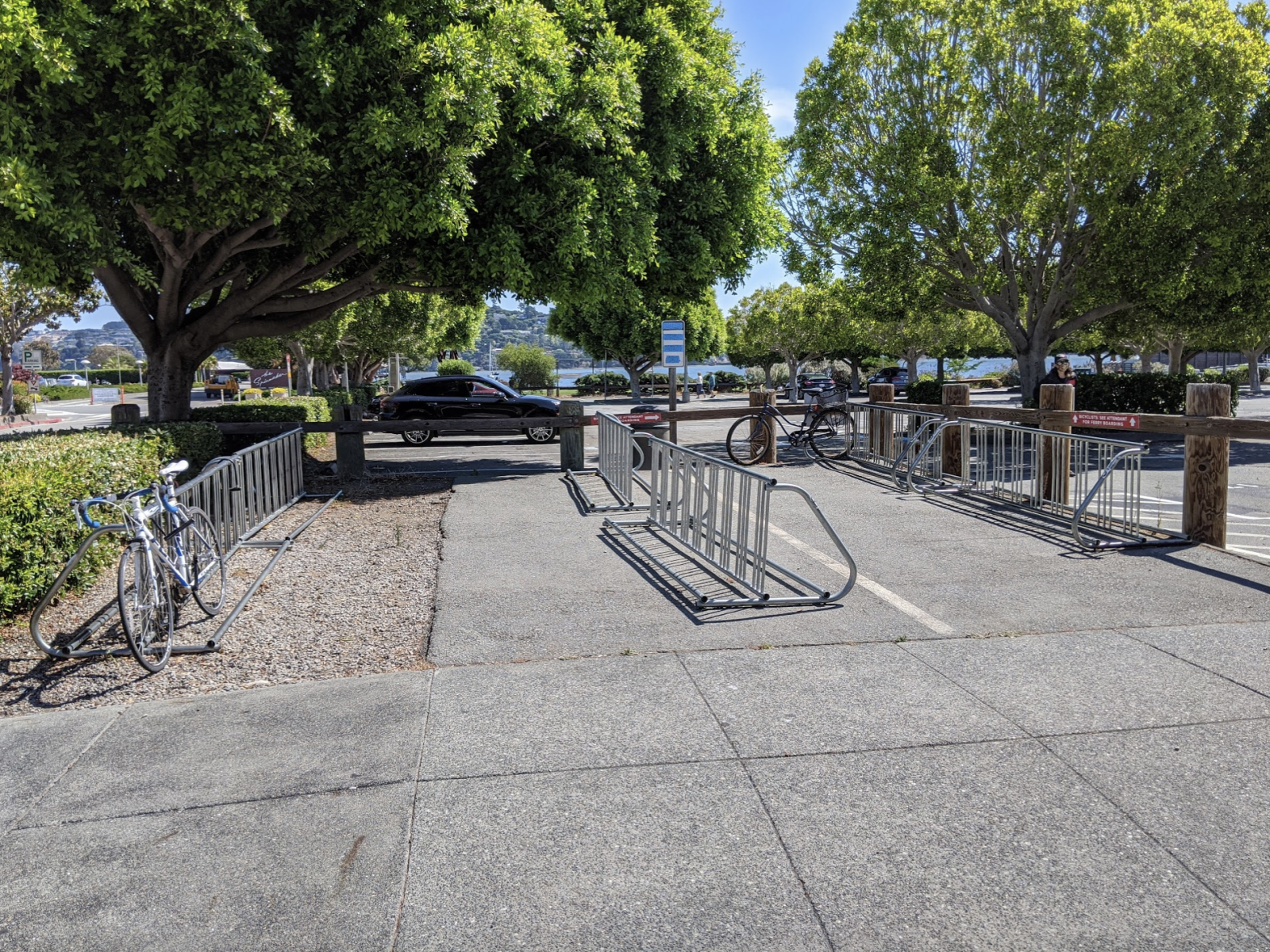
It was fundamentally impossible to have a conversation with anyone in a position of authority about changing this dynamic. The tourists were a dream come true for the local administrators. People poured in every day, dropped large amounts of money, and then went back home to a different town and became a burden to some other municipality. Unfortunately COVID-19 exposed the downside of this strategy.
Once the international flights stopped and the folks in the nearby region began to stay home the wheels fell off the cart. The tourist economy sterilized any chance of a local economy and there isn’t anything left to fall back on.
These storefronts have only been closed for a few months and they’re already dead or terminally ill. The value of commercial real estate was set by high demand from outsiders rather than what the neighborhood itself could support. Commercial loans were necessarily exorbitant as were rents. Of course that translated to high taxes as well. All that has come to an abrupt halt along with sales tax revenue. Rebooting these enterprises whenever the health situation improves will not be a simple matter of going right back to business as usual. We’re likely to see a structural shift with a much lower burn rate over a long period of time. No one has a plan for how to navigate the negative growth.
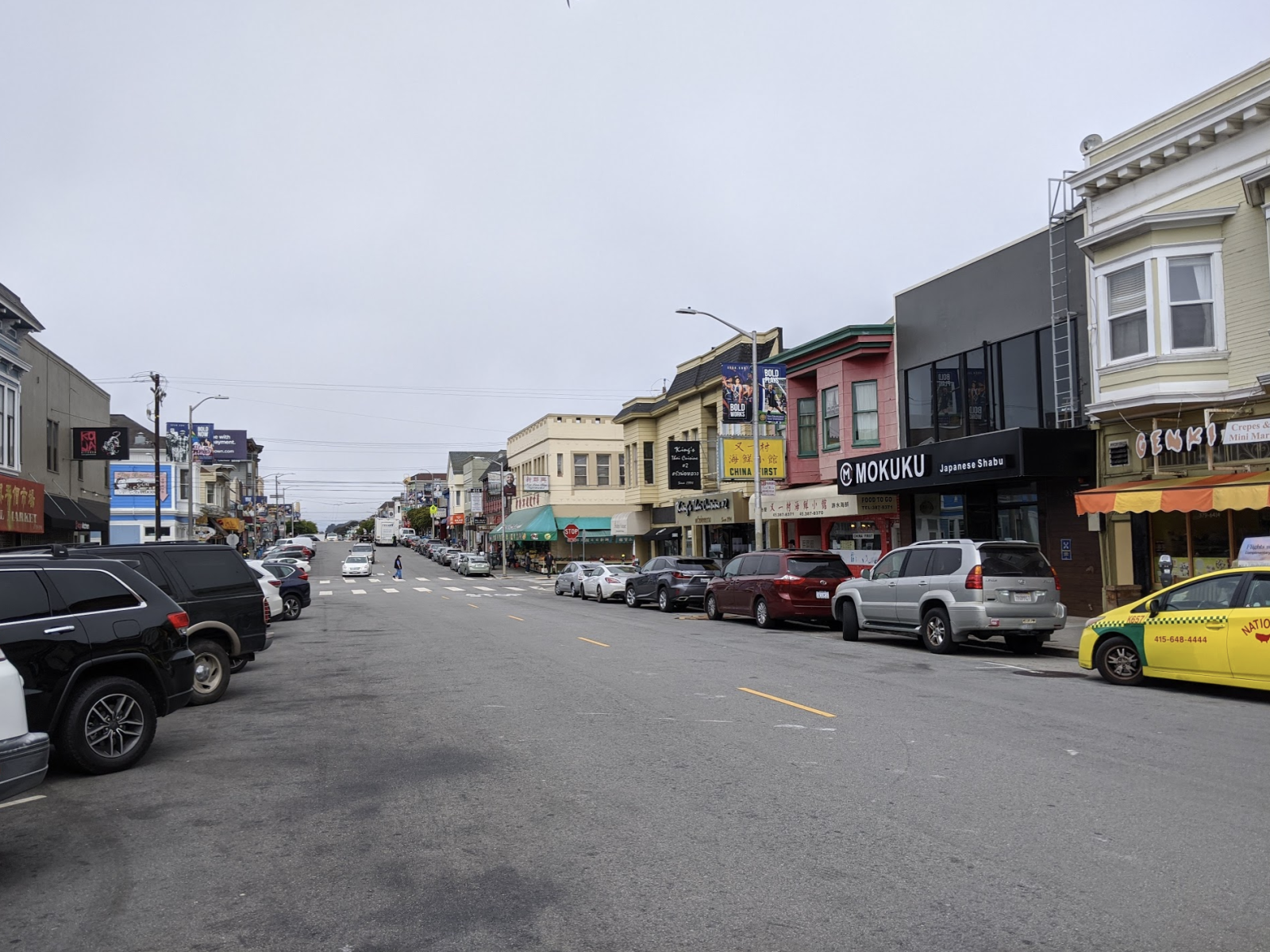
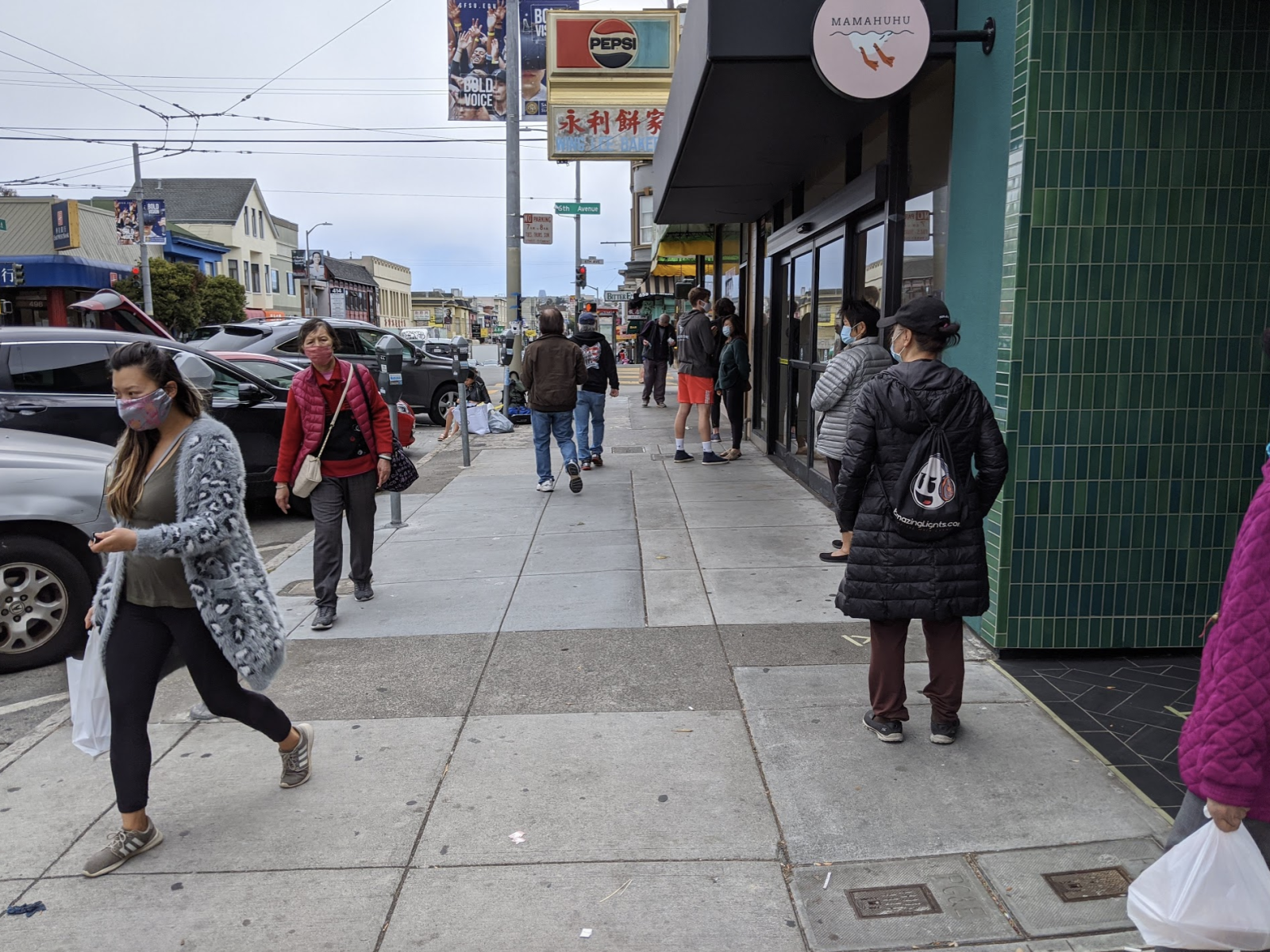
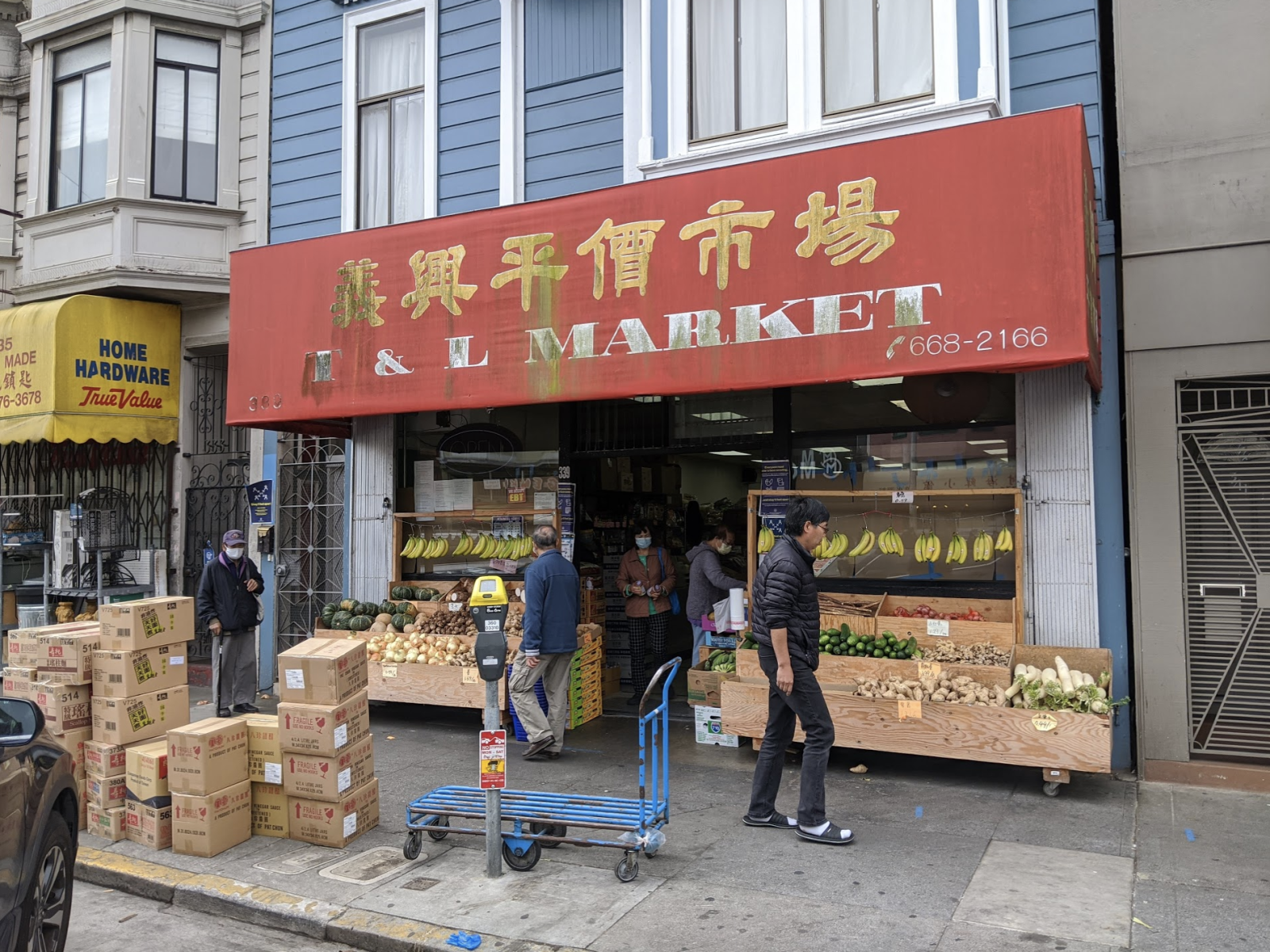
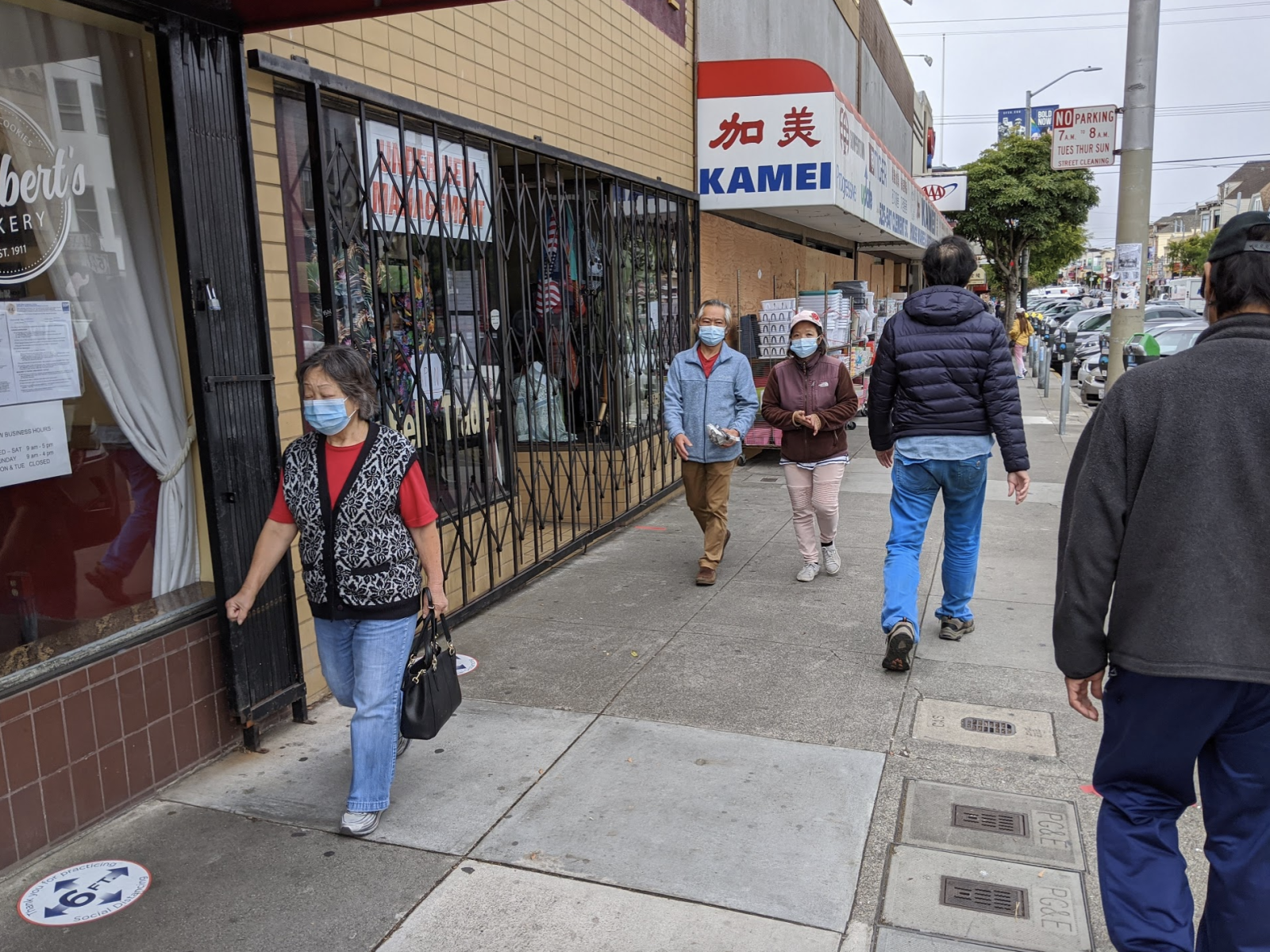

An hour after I took the ghost town photos in Sausalito I stopped off on Clement Street in San Francisco. This neighborhood was as tightly shuttered by COVID-19 restrictions as everyplace else and many establishments were closed. But many remained open and appeared to be carrying on as usual. The majority of these shops sell things people need on a regular basis. The grocers and fish mongers are still in demand. The hardware store still sells tools, paint, and housewares. The neighborhood is diminished, but still highly functional.
I like to contrast Clement Street with Grant Street in Chinatown which is dead silent. Most ethnic Chinese in San Francisco live in the Richmond and Sunset districts on either side of Golden Gate Park (in places like Clement Street) rather than Chinatown. Chinatown long ago devolved into a tourist trap. The people who once shopped along Grant Street came from downtown hotels which have gone dark. This cartoon landscape of T-shirt shops and plastic trinkets is Sausalito with chopsticks.
I’d like to say local governments and their associated business communities are taking this opportunity to reassess their situations. But I see no evidence to support that notion. What everyone is desperate to achieve is renewed growth, but I don’t see growth coming back anytime soon. Will communities pivot and strive to cultivate a strong mix of neighborhood shops designed to meet the needs of locals? I’m not holding my breath. But that’s actually what endures in a crisis.

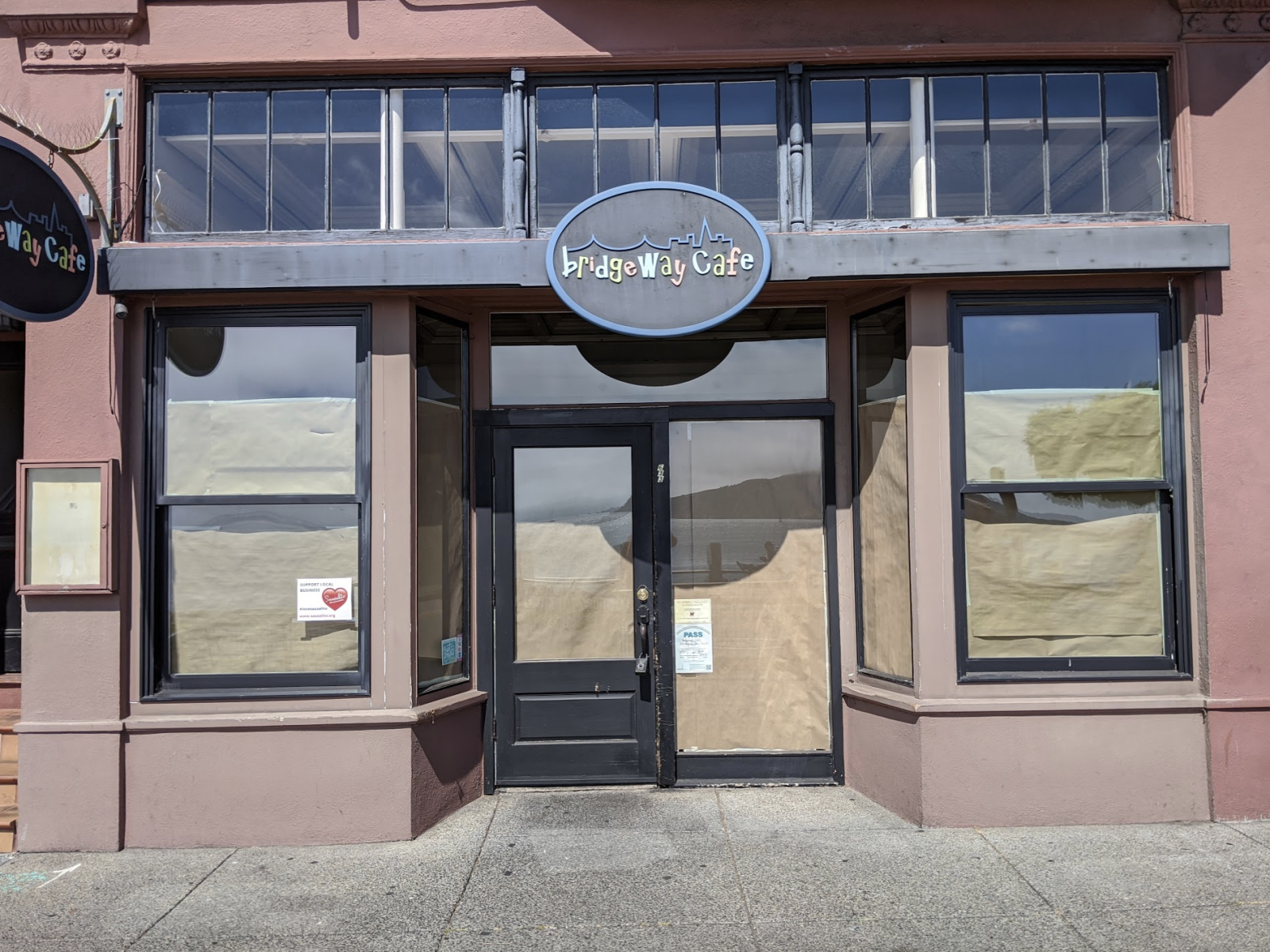
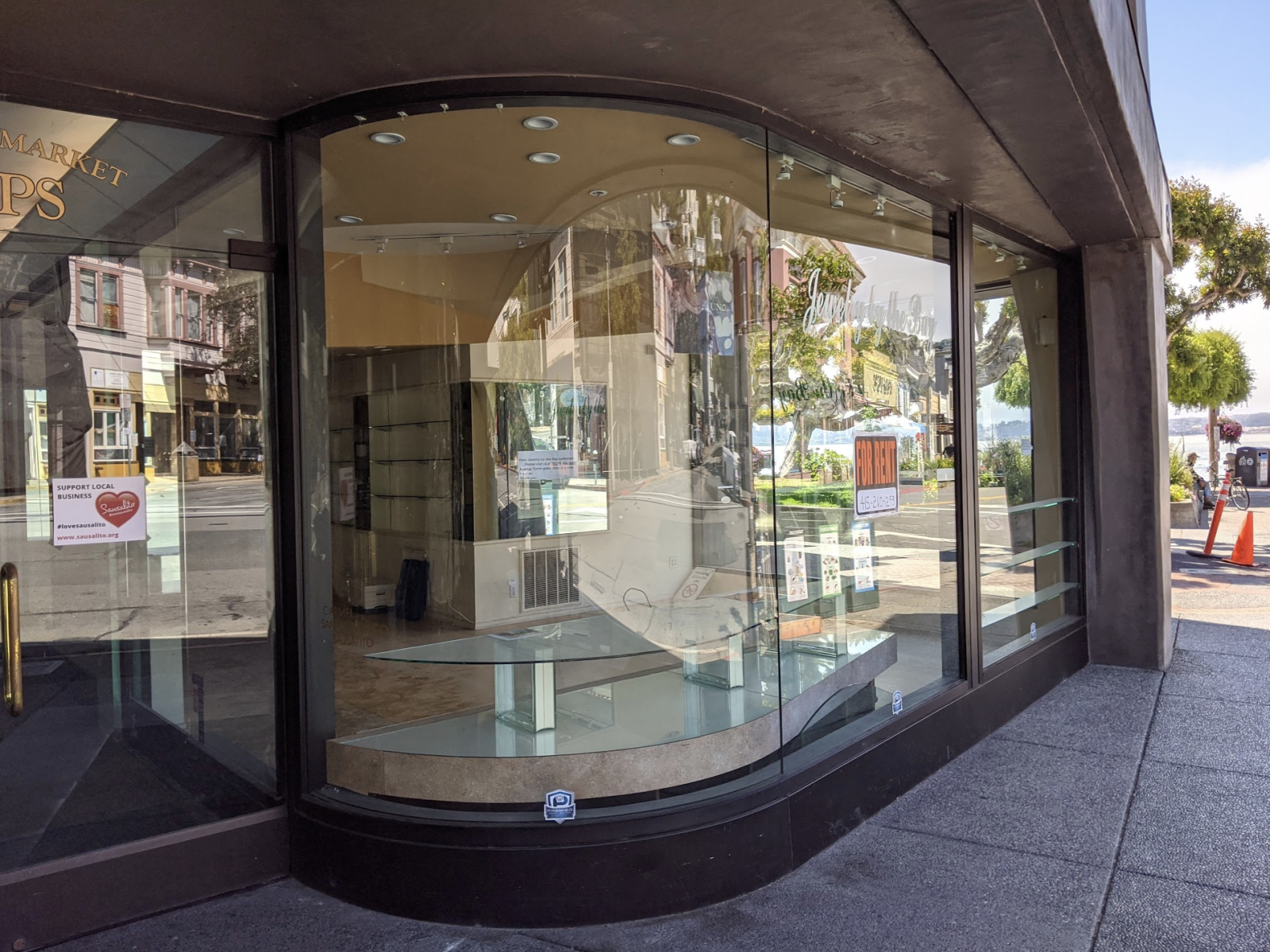
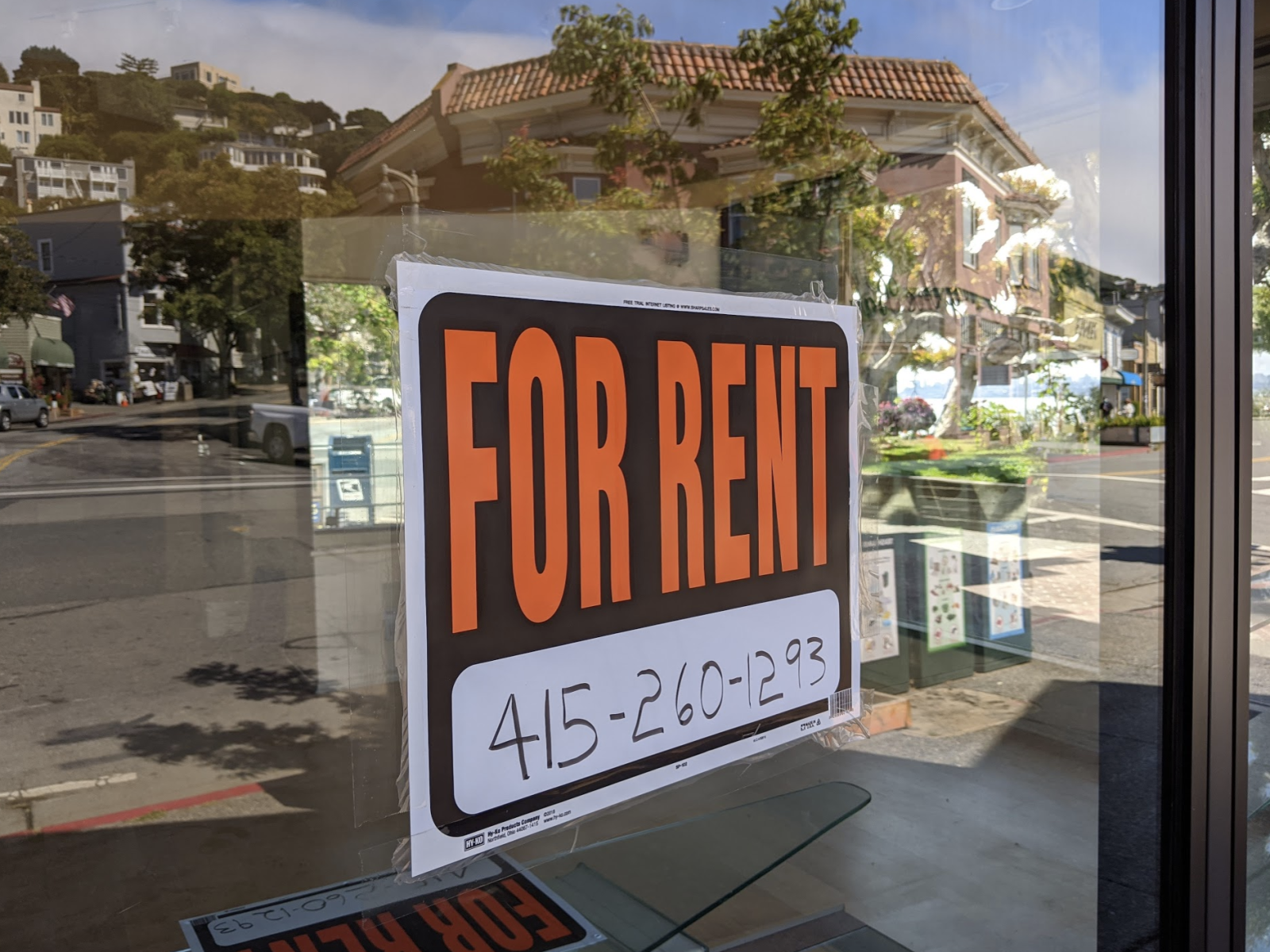


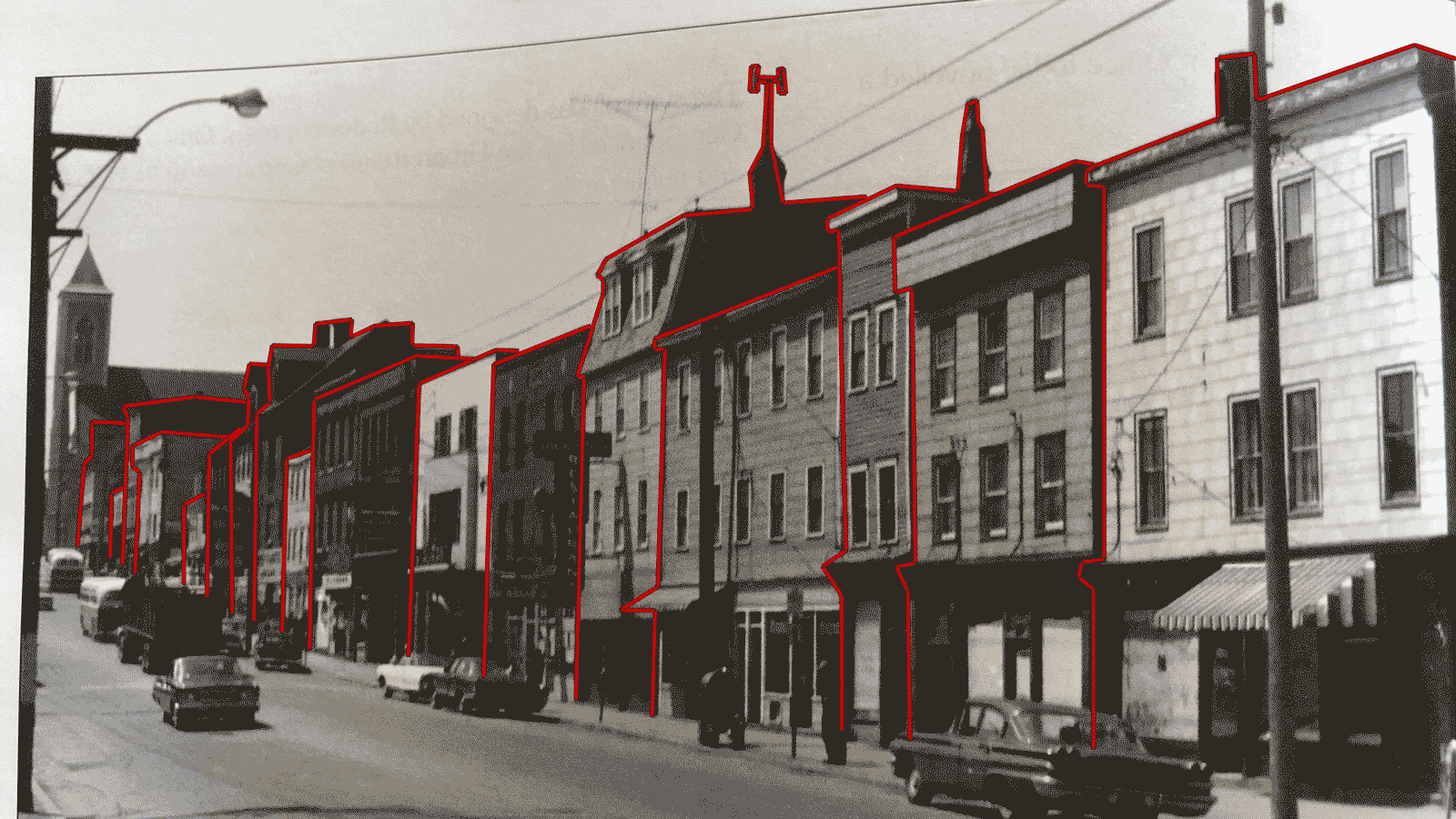


Local activists in Selma, NC, started small, but they’ve grown into a coalition of citizens, civic groups, and city leaders striving to improve housing, transportation, and the local economy.